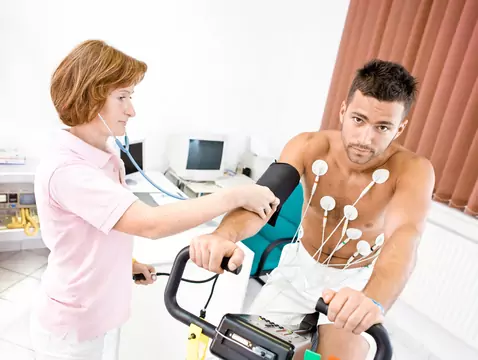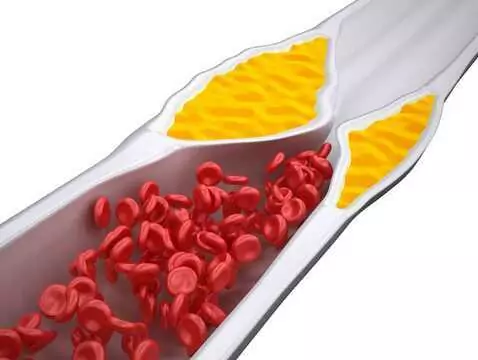Cardiogenic shock is a highly life-threatening phenomenon and, despite extensive knowledge and the buoyant development of cardiology, only in recent years has there been a decrease in the mortality rate of patients in cardiogenic shock, which until recently reached 90-100%.
Ad:









